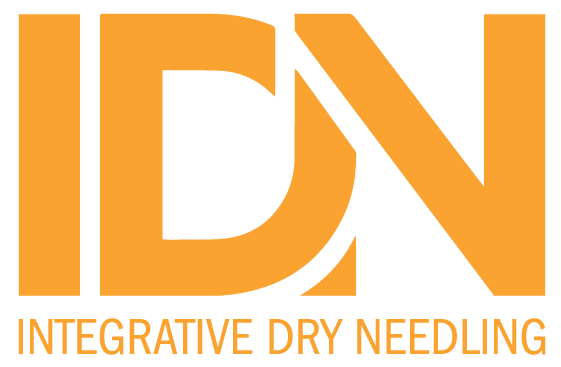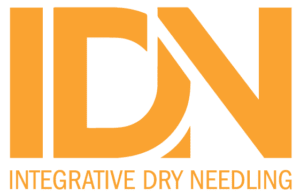Musculoskelet Sci Pract. 2024 Aug 18;74:103155. doi: 10.1016/j.msksp.2024.103155. Online ahead of print.
ABSTRACT
BACKGROUND: Myofascial pain syndrome (MPS) is a chronic condition caused by sensitive pressure regions within the muscles known as myofascial trigger points (MTrPs).
OBJECTIVE: The purpose of this randomized controlled trial (RCT) was to assess the effectiveness of adding dry needling (DN) to activate MTrPs in the upper trapezius muscle compared with usual physiotherapy among individuals with chronic neck pain.
METHODS: Thirty participants were recruited from a private clinic in Saudi Arabia. Their mean age was 29.7 ± 4.4 years. The subjects were randomized into two groups: the experimental group (application of DN to the MTrPs coupled with usual physiotherapy (n = 15)) and the control group (usual physiotherapy alone (n = 15)). The primary outcomes were pain (assessed using the visual analog scale) and disability (Neck Disability Index), and the secondary outcomes were neck active range of motion (AROM; assessed using cervical ROM) and depression (Beck’s Depression Inventory).
RESULTS: Significant between-group difference in pain intensity was observed immediately post-intervention. Participants in the experimental group had significantly higher pain (mean difference = 1.27, 95% confidence interval [CI] 0.20, 2.33, p = 0.022, Cohen’s d = 0.889) than those in the control group. There was no significant difference between both groups in pain intensity during the follow-up. There were no between-group differences in disability immediately post-intervention. However, there was a between-group difference in disability at follow-up; participants in the experimental group had significantly lower disability (mean difference = -3.13, 95%CI -5.07, -1.20, p = 0.003, Cohen’s d = 1.211) than those in the control group. Immediately post-intervention, the experimental group showed greater flexion AROM compared to the control group, with no differences in other AROM measures. At follow-up, the experimental group exhibited significantly higher neck AROM in extension, flexion, right and left side bending, and lower depression, while no differences were observed in right- and left-rotation AROMs between groups.
CONCLUSIONS: The addition of DN to standard physiotherapy effectively improved disability, AROM (extension, flexion, and side bending), and depression among patients with chronic neck pain.
PMID:39217854 | DOI:10.1016/j.msksp.2024.103155



